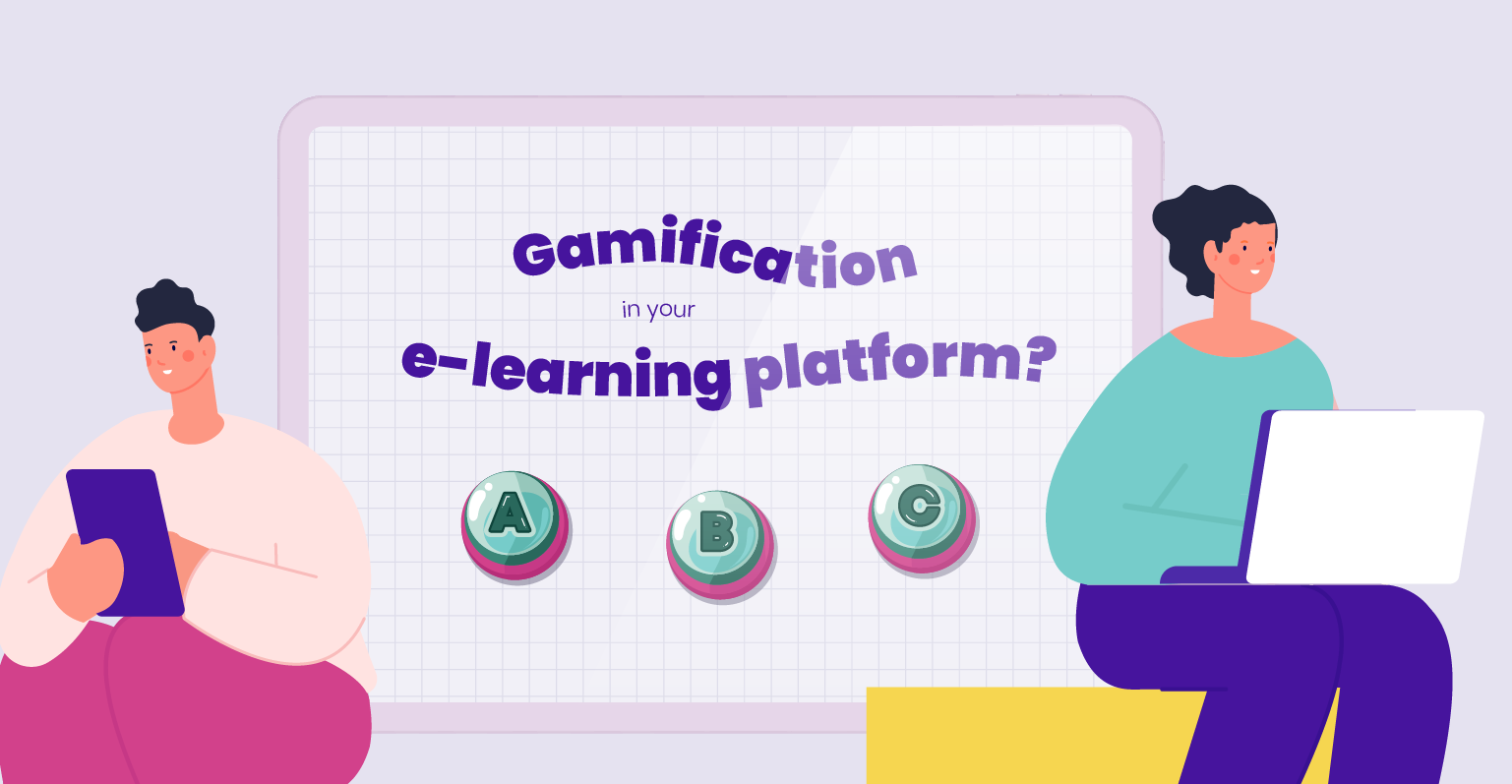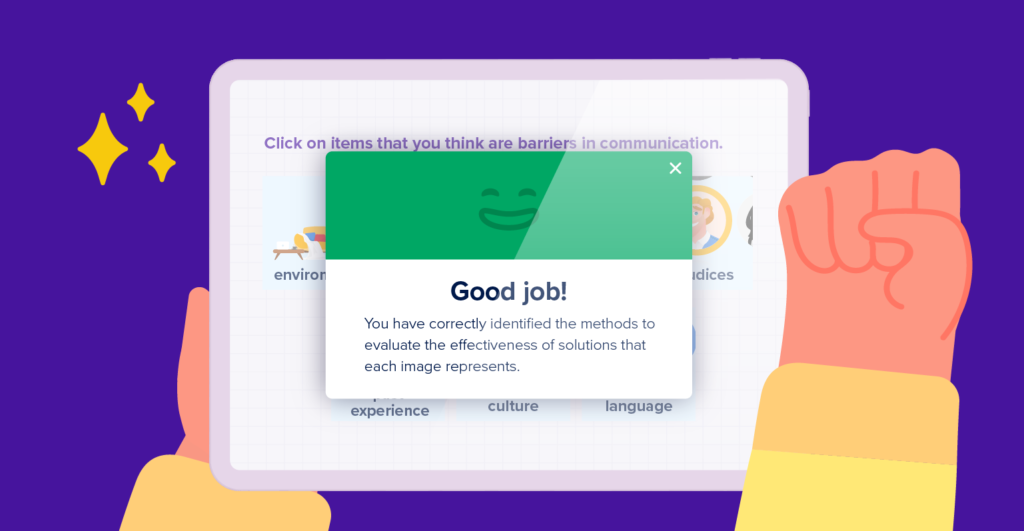Why Use Gamification in your e-Learning Strategy?

In an online learning environment, there is always a constant need to find new ways of motivating and engaging learners. One approach that has gained popularity in recent years is the concept of gamification. Gamification is about using game design elements in non-game applications to make them more compelling and exciting.
However, many assume that gamifying your e-Learning is an unnecessary gimmick because you need to exert too much effort, and others are unsure how to use its elements effectively. Nevertheless, several e-Learning platforms take comfort from having some gamification incorporated into their course. Below are some benefits of using gamification in e-Learning applications. Hopefully, it’ll help you decide if you want to implement this concept in your own e-Learning.
Provides Instant Feedback
With gamification in e-Learning courses, learners can instantly receive feedback on their overall understanding. It highlights what they accomplish and what they need to spend more time reviewing. Sometimes, learners receive points and badges if they perfect the courses. Others use leaderboards to see how the learners ranked with each other. Indeed, feedback is an essential component of learning. After all, learners need to know if they are heading in the right direction.

Serves as a Safe Place to Fail
Learners are assessed objectively in a traditional learning environment. If they do not know the answers to the questions posed to them, they could end up failing the assessment. They either get it right the first time, struggle, or fail.
With games, it is a different scenario. Failing is allowed, accepted, and it’s part of the game. When a learner goes through a gamified online learning programme, they get multiple opportunities to perform a task until they get it right. Gamifying your online learning can eliminate the traditional emphasis on a final grade or fear of failure, and inspire learners to take chances and try again instead.

Increases Learner’s Engagement
Gamification in e-Learning makes courses more enjoyable, which means learners become more active participants than passive observers. Learners can feel more confident about their learning process and realise that they will, in some way, be rewarded for their hard work. In e-Learning, the more interactive and ambitious a course is, the more invested learners will become in understanding their materials.

Evidently, e-Learning that integrates gamification features enhances the engagement and motivation of learners. By adding a touch of gamification on your courses, it gives a little sense of fun and competition to your learners which, in effect, increases their learning engagement. Additionally, who doesn’t like to be rewarded for putting in hard work? By using points, badges, or certificates, learners will be more satisfied and motivated to focus on their courses, plus they will likely engage more.
Effective gamification implementation, however, still relies on the right selection of design elements and the cooperation of some experts.
“Gamification should be used only when necessary, and concepts should be aligned with the learning objectives to enhance learning.“
After all, we should always strive to make all learning interesting, yet still focused.
Interested in gamifying your e-Learning courses? At SSA Innovations, we help you develop interactive and engaging e-Learning solutions that are aligned to meet the demands of your learning and training strategies. Through immersive learning situations, role-based scenarios, and animated videos, we can help you turn your ordinary courses into interactive experiences! So, what are you waiting for? Contact us today and we will do whatever it takes to step up your game on e-Learning. Come on! Give us a call!
Related Topics

FOBO: The Fear of Becoming Obsolete (Infographic)
Experiencing a sense of being left behind and finding it...

Discovering No-Code Development
Picture a scenario where you have a small clothing business...

The Rise of AI-Powered Web Apps and Their Ethical Implications
AI is transforming the way we interact with web apps,...

3 Signs Your Business Needs a Web Application
As your business grows, you may face challenges in managing...

Embracing the Human Element in the Era of Artificial Intelligence
In 2022, the introduction of ChatGPT garnered global interest and...